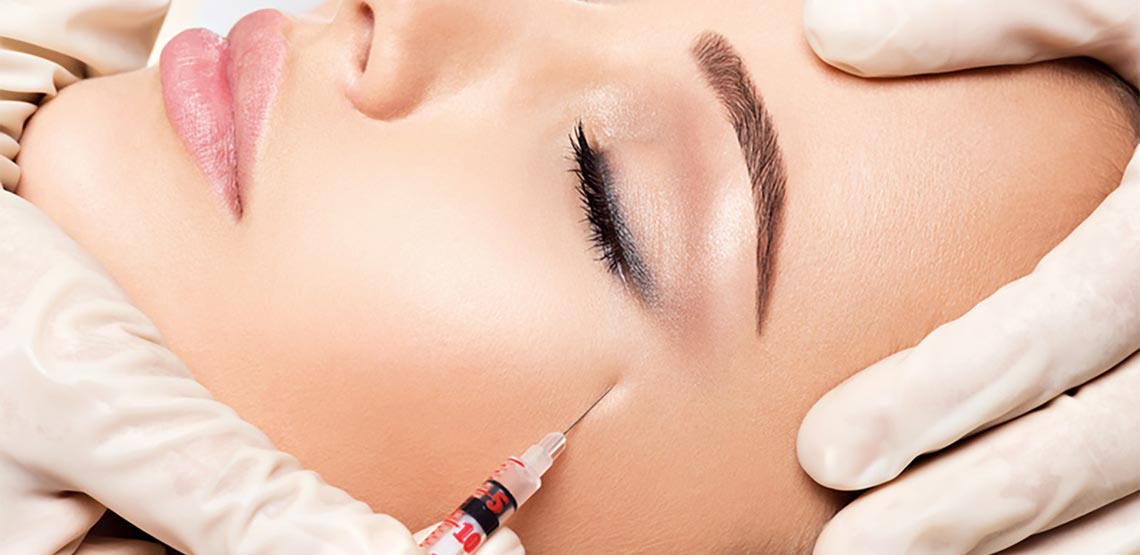Are There Medical Purposes for Botox?

Botox is an injectable filler that’s most closely associated with reducing the appearance of fine lines and wrinkles. It is an incredibly common procedure, with millions of patients reaping the aesthetic benefits every year. What many people don’t know about Botox’s usefulness, however, is that it can be used as a medical agent to treat a number of medical conditions. Continue reading to learn about 5 medical conditions that can be treated with Botox injections.
Sweat and Body Odor
Sweat is to be expected as a human response that cools the body during times of exertion, but sometimes it gets to be too much. Excessive sweat and body odor can really hinder a person’s confidence and wreak havoc on their clothing fabrics. Botox paralyzes the tiny muscles around sweat glands in the armpit that are responsible for the production of sweat. When the muscles don’t function as they are supposed to, excessive sweat becomes a thing of the past.
Neck and Shoulder Pain
 Botox has successfully diminished the aches and pains experienced by sufferers of myofascial pain syndrome (a chronic condition that causes muscle pain). This treatment alleviates pain significantly and has long-lasting results. Compared to constant doses of ibuprofen and other pain management medications – which can cause damage to organs over time – Botox injections can be not only more effective, but also safer as a means of treating chronic neck and shoulder pains.
Botox has successfully diminished the aches and pains experienced by sufferers of myofascial pain syndrome (a chronic condition that causes muscle pain). This treatment alleviates pain significantly and has long-lasting results. Compared to constant doses of ibuprofen and other pain management medications – which can cause damage to organs over time – Botox injections can be not only more effective, but also safer as a means of treating chronic neck and shoulder pains.
Chronic Migraine Conditions
 Botox can work to fight against chronic migraines by targeting the muscles that contribute to the onset of these painful, terrible headaches. Botox actually became approved by the FDA as a migraine treatment option in 2010. Every so often, the patient will receive Botox injections to their head and neck. Migraine sufferers may find significant relief with Botox alone, but many may also need the assistance of other treatments in addition to Botox.
Botox can work to fight against chronic migraines by targeting the muscles that contribute to the onset of these painful, terrible headaches. Botox actually became approved by the FDA as a migraine treatment option in 2010. Every so often, the patient will receive Botox injections to their head and neck. Migraine sufferers may find significant relief with Botox alone, but many may also need the assistance of other treatments in addition to Botox.
Excessive Urination
In some adults, the bladder squeezes so often that the individual may leak or have to take far too many trips to the restroom. The injection of Botox into the bladder relaxes it, reducing the instances of squeezing that cause frequent urination and unexpected bladder leaks.
Eyes That Cross
In 1981, physicians discovered the injecting Botox into the muscles that control eye movement can significantly improve the appearance and functionality of naturally crossed eyes. This was actually the first medical purpose of Botox to be discovered. As of 1989, the FDA has approved the injection of Botox as a means of treating crossed eyes.
